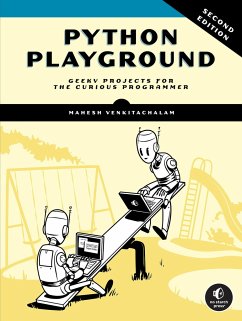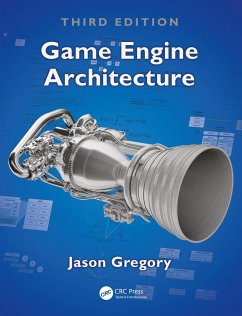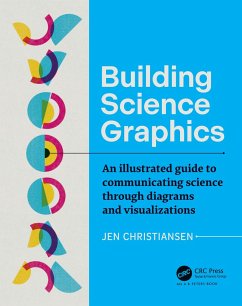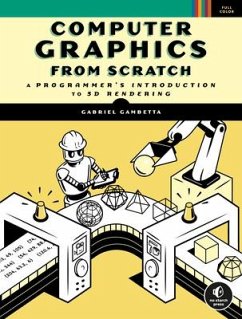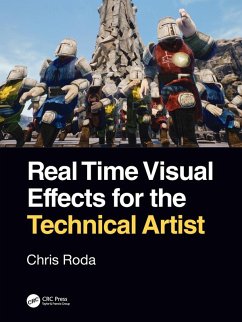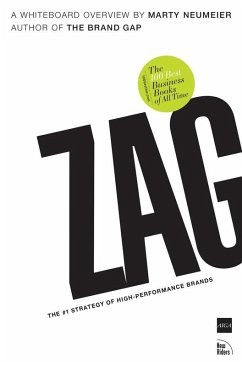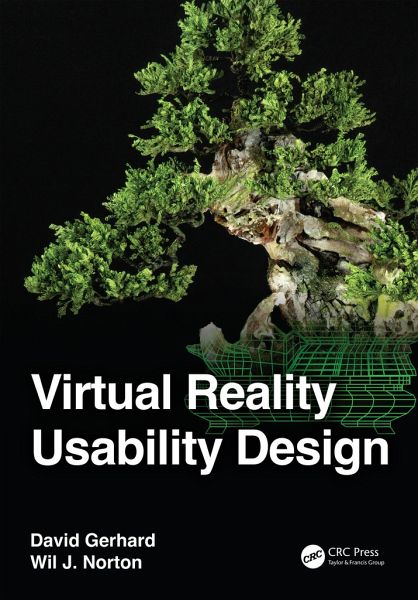
Virtual Reality Usability Design
Versandkostenfrei!
Versandfertig in 1-2 Wochen

PAYBACK Punkte
48 °P sammeln!




Virtual Reality Usability Design provides readers with an understanding of the techniques and technologies required to design engaging and effective VR applications. Full of real-world examples, this book is an indispensable guide for any practicing VR developer interested in making efficient and effective interfaces.
David Gerhard is head of the Department of Computer Science at the University of Manitoba. An award-winning teacher and researcher, his work focuses on information-rich human data in high-performance scenarios such as music and sport. This research combines information retrieval and sensor-based physical computing techniques with human-computer interaction and computational mediation, especially in virtual and augmented reality. His work is often interdisciplinary, incorporating supplementary analytics with social and artistic expression. Dr. Gerhard is a frequent contributor to public discourse on the impact of technology on society through media commentary and interviews for radio, print, and web. Wil J. Norton has been involved in research on spatial computing usability since 2018, much of which was as a member of Dr. David Gerhard's aRMADILo Lab. Wil earned his BASc in electronics engineering from the University of Regina, and has focused on developing hardware for computer interfaces informed by sensory physiology. He is excited at the potential that spatial computing has to provide ways of interacting with computers that better match the human mind and body. In addition to his research, Wil is an avid runner, and enjoys drawing, painting, hobby electronics, and pretty much any other activity that involves working with his hands. Wil is currently a PhD candidate within CSAIL at MIT, where his work focuses on the development of high-resolution haptic displays.
Produktdetails
- Verlag: Taylor & Francis Ltd
- Seitenzahl: 410
- Erscheinungstermin: 27. Februar 2023
- Englisch
- Abmessung: 254mm x 178mm x 22mm
- Gewicht: 816g
- ISBN-13: 9781032191324
- ISBN-10: 1032191325
- Artikelnr.: 67374957
Herstellerkennzeichnung
Libri GmbH
Europaallee 1
36244 Bad Hersfeld
gpsr@libri.de
Für dieses Produkt wurde noch keine Bewertung abgegeben. Wir würden uns sehr freuen, wenn du die erste Bewertung schreibst!
Eine Bewertung schreiben
Eine Bewertung schreiben
Andere Kunden interessierten sich für




